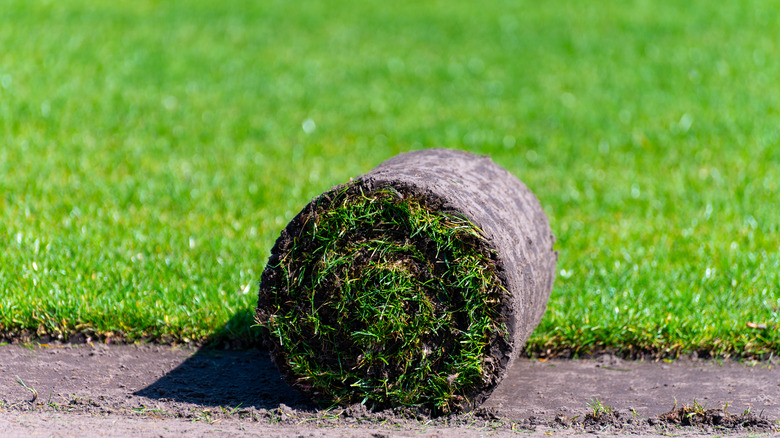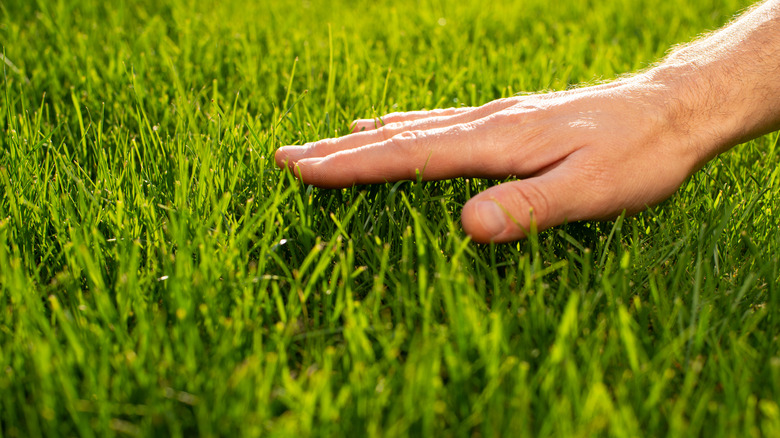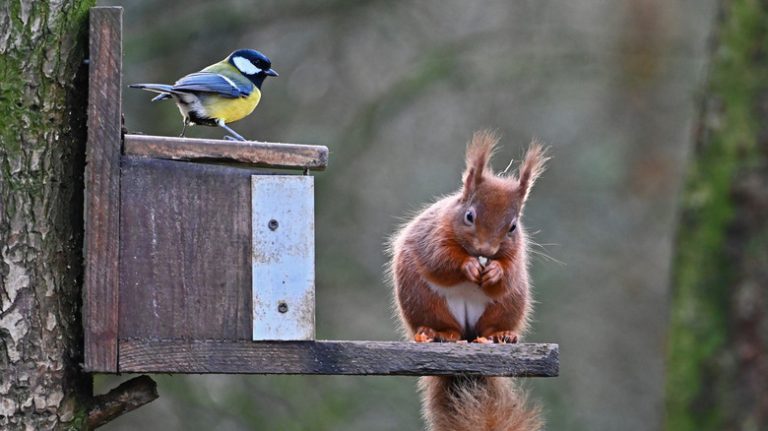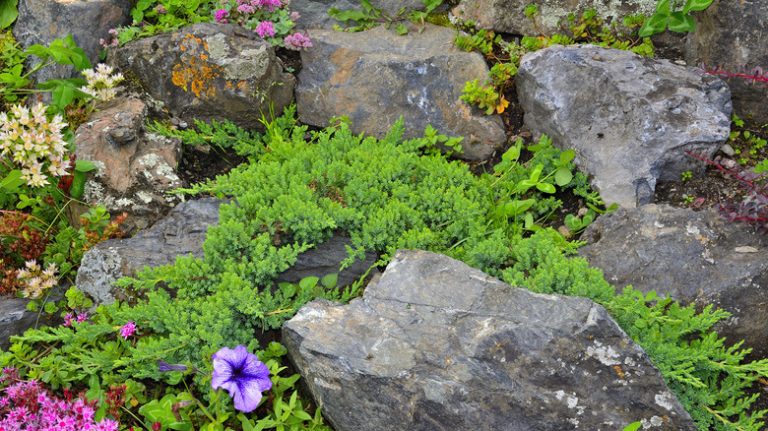If it’s time for a new lawn, you’ll need to select the right grass. Perennial ryegrass is a popular grass species grown on golf courses, football fields, and other athletic spaces. It also makes for an attractive home lawn, too. To determine whether the species is right for your lawn, you’ll need to consider a few factors like climate and use. Think about your region’s typical temperatures. Perennial ryegrass prefers moderate temperatures and falters in extreme heat and cold. You’ll also want to consider how you interact with your lawn. For example, is your lawn a gathering space? Do you have pets and children who regularly play outside? If so, perennial ryegrass will withstand heavy use. Though this grass may not suit everyone’s needs, it’s become a staple in landscaping for its durability and visual appeal.
One of the biggest perks of perennial ryegrass is its quick seeding and germination periods. It grows fast and, therefore, suppresses weeds from taking root. It is an easy fix for a bare, weed-prone lawn. Though it may not tolerate frigid freezing air, it is fairly adequate at deterring pests and is often made stronger when combined with another species like bermudagrass. However, perennial ryegrass is less preferable for homeowners looking to create a variable field of flowers and plants, as it has few ecosystem benefits. Nevertheless, homeowners in moderate climates who need durable grass can count on this species to get the job done.
You live in a region with moderate temperatures

Perennial ryegrass will grow in all USDA zones but thrives in temperate climates without extreme temperatures. It does not tolerate intense cold or heat and will begin to die, wilt, or dry out under those conditions. In the U.S., states that see mild winters and cool, moist summers are well suited for perennial ryegrass. That’s why it’s used alongside bermudagrass at the Augusta National Golf Club in Georgia. The course uses both grasses because of ryegrass’s inability to withstand high heat throughout the summer. This method may prove successful in many regions as climate change takes its toll on seasonal temperatures. However, as noted by Clemson University Cooperative Extension Service, perennial ryegrass should only be used to overseed bermudagrass, so it is likely not as effective in colder regions.
Perennial ryegrass will succeed in moist areas with plenty of rain. Not only will it help the grass grow stronger roots, but it will also limit the amount of water you need to supply. Ryegrass should be watered two to three times a day until germination. After that, you should regularly provide deep watering at least weekly. Because the species does not grow thatches, deep watering should be easy.
Your lawn sees a lot of use

Perennial ryegrass is well-suited for high-traffic areas, which is why it is popular with golf courses and football fields around the U.S. It can handle the wear and tear that comes with extended use. So, if your lawn endures a lot of activity, be it foot traffic or play, you should consider the hardy perennial ryegrass. Considered one of the most durable grasses, it will withstand frequent use. And, because it has a deep rooting system, it is more resilient than other species. Grass with deeper established roots is hardier and bounces back quickly after damage from usage, mowing, stress, and injury.
It is that resiliency and beautiful appearance that makes ryegrass popular. Similar to Kentucky bluegrass, ryegrass is a dense, full-growing species. A thick, flourishing green lawn is always an impressive sight when used in landscaping. And with its durability, you needn’t worry about the damage that may result from injuries, like dog urine, compacted soil, or blunt mowing blades, as it will recover faster and return to its vibrant state.



